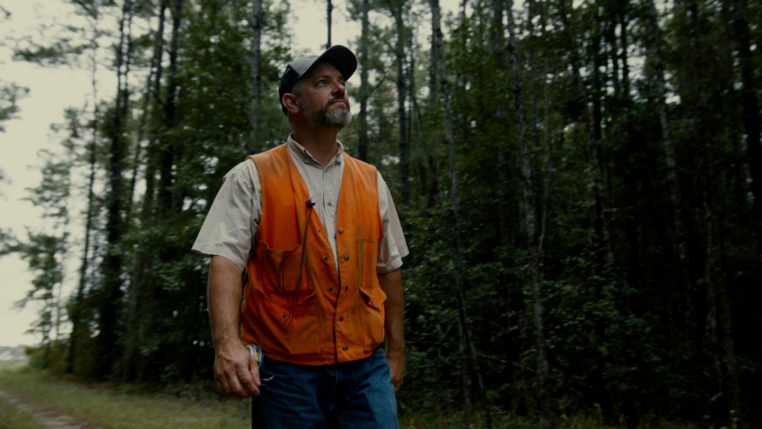Kirtland’s Warbler – Experiments in Nesting Habitat Creation

The Kirtland’s Warbler is a small songbird that nests in young, mostly jack pine stands in Michigan and Wisconsin. The birds migrate to the Bahamas in fall and return in spring to nest. In the past, on their northern breeding grounds, periodic natural fires in the landscape maintained young pine stands for their nesting. Loss of young jack pine stands due to fire suppression policies, agriculture, and development likely caused their population decline decades ago. However, a more recent focus on conservation efforts aimed at recovering the species has been successful, and removal from the Endangered Species list has been proposed.
Active forest management has been a contributing factor in the bird’s recovery. The procurement of timber for wood products from state federal and private forests creates and maintains young pine stands this species needs for nesting. Without working forests, along with the wood products mills that purchase the products from timber sales, this species’ nesting habitat would be hard to recreate without prescribed fire and its associated risks, liabilities, and challenges.
A current challenge is to make growing and harvesting jack pine more economical and efficient while still meeting the needs of the Kirtland’s Warbler. The birds like to nest on the ground adjacent to Christmas-sized trees in small openings in pine stands. The right size openings, the right grass, forb, and shrub cover on the ground, and the right density of pine trees all factor into making the stand attractive to the birds for nesting. These same factors also affect the economics of the future mature pine stand. Are there opportunities to enhance stand design for economics and still provide the habitat attributes important for the birds? For example, can you control competing vegetation and plant pine seedlings to produce vigorous and fast-growing pine trees while also help create nesting habitat?
This question has led one timber company to work with state and federal partners in both Michigan and Wisconsin to experiment with creating nesting habitat while enhancing the economic value of future stands. In Michigan, a sandy outwash plain that grows jack pine was chosen as a research site. Kirtland’s Warblers had been detected in the general area in the past indicating the site had the potential to support the species. Weyerhaeuser partnered with the U.S. Fish and Wildlife Service to develop the tree spacing pattern to incorporate scattered, un-planted openings into the planting design. It is on the edges of these small openings that the bird makes its nest. The study site is now at a point of reaching suitability for Kirtland’s nesting. So far, the warblers have not been confirmed using the site, but bird surveys are ongoing each spring to determine if the experimental design is suitable for the warblers.
In Wisconsin in 2007, Kirtland’s Warblers were detected for the first time in many years. The birds were nesting in a Weyerhaeuser commercially-managed stand that consisted of young, planted, red pine with scattered jack pine. Knowing that the stand would eventually grow out of suitable nesting habitat, Weyerhaeuser worked with Wisconsin DNR and U.S. Fish and Wildlife biologists to experiment with various planting designs in areas adjacent to the occupied nesting stand to provide future locations with nesting habitat. Several treatment areas were established to test what size of unplanted openings might be acceptable to the warblers, along with three experimental compositions of pine tree species – mostly red pine with jack pine planted around the openings, all jack pine, and a combination of both tree species throughout the stand. From an economic standpoint, a red pine component will increase the stand’s future timber value. The experimental stands are still too young to be used by the birds, but in a few more years hopefully the birds can tell us the management alternatives that provide suitable nesting habitat.
Finding what may work from both a timber and bird standpoint will add one more option to the conservation toolbox. Having a suite of options for forest landowners interested in growing this bird’s breeding habitat will help meet landowner goals while contributing to the future of this species.
For private landowners, a positive environmental outcome is also a positive business outcome. Contributions toward the bird’s delisting from the Endangered Species Act will provide landowners with more regulatory certainty. Landowner planning for a species like the Kirtland’s Warbler aligns with sustainable forestry goals, provides evidence that landowners are meeting certification standards around biodiversity by protecting rare and species of concern, contributing to research, and advancing forestry science. In the end, a win-win.
For more on the Kirtland’s Warbler, please click here.


